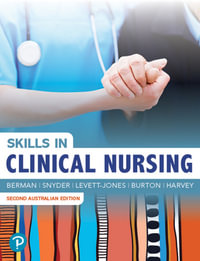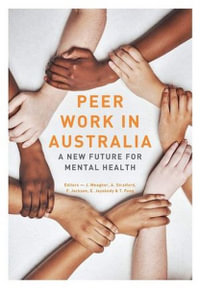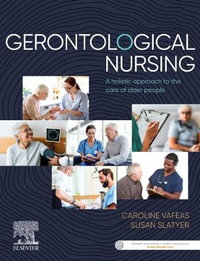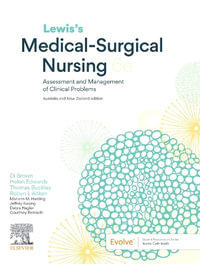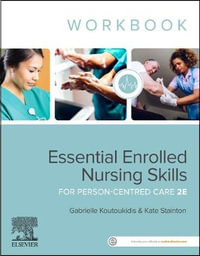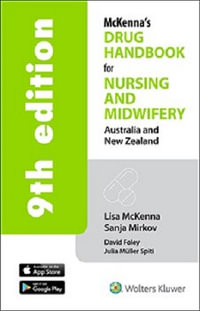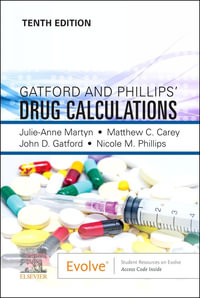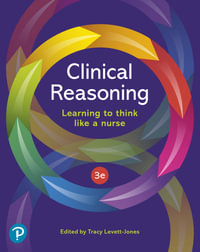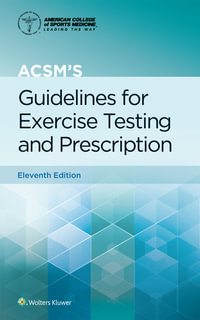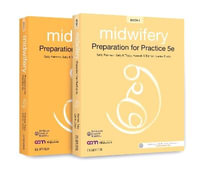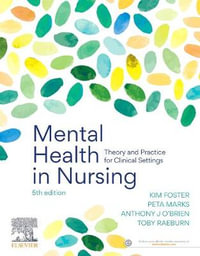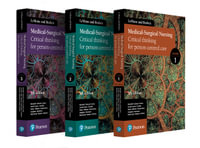For the first time, this book incorporates the experiences and opinions of a team of internationally respected experts from different fields to address a public health problem of global magnitude -- the West African Ebola virus epidemic. In particular, the book addresses the effects of the epidemic on the most vulnerable elements of society -- women and children -- whose health and even survival were significantly affected by the outbreak, whether they were infected with Ebola virus or not. The authors are from some of the leading global health agencies that were involved in the Ebola relief effort -- UNICEF, Partners in Health, Medecins Sans Frontieres, International Rescue Committee, UNFPA, The Carter Center, and others as well as from multiple universities.
The biomedical aspects of the recent Ebola virus epidemic, occurring predominantly in the West African nations of Guinea, Sierra Leone, and Liberia, have received unprecedented worldwide attention, but little systematic analysis. Even before the epidemic, these three countries had some of the highest maternal mortality rates in the world, and had severe shortages of medical personnel and equipment. There were also significant sociocultural and behavioral factors that played important roles in fostering the dissemination of the virus among the individuals in these societies, as well as interrupting the medical care of non-infected individuals. In outbreaks of infectious diseases, sex, gender, and age play important roles in vulnerability to infection, caregiving roles, patient roles, access to healthcare resources, and perceptions and realities of risk. During the Ebola virus outbreak, however, the impact of sex, gender, and age was insufficiently studied and frequently misrepresented. This volume is the first to address these issues, and provide research, policy insights, and observations that can be of use to biomedical, health policy, social science, and public health students and experts in future epidemic events.
Women and children, and especially pregnant women, are generally the most defenseless persons in the event of an infectious disease catastrophe such as the present Ebola virus outbreak. Women, children, and pregnant women were further affected by the inability of international NGOs to initially provide effective clinical care to pregnant women with Ebola, the rapid increase in "Ebola orphans," and the complex role that traditional healers (like midwives) played in both expanding and containing the epidemic. Pregnant women were notoriously excluded from access to clinics, hospitals, and Ebola Treatment Units. Mortality among pregnant women was close to 100% until late in the outbreak. Family structure was disrupted by the death of elder, adult, and child relatives.
The current West African epidemic probably began with an infant's death in rural Guinea in December 2013, spread rapidly across porous national borders to the adjacent nations of Sierra Leone and Liberia and, as of March 31, 2016, has accounted for 28,646 confirmed, probable, and suspected infections, and resulted in 11,323 deaths. These figures are undoubtedly conservative, with the World Health Organization believing that many more infections and deaths have been undocumented. Contributing to the spread and severity of the epidemic were widespread deficiencies in infrastructure resulting from years of civil wars, political disruption, and mistrust of government representatives, extreme poverty, dysfunctional healthcare systems and shortages of local medical personnel, and some local customs that increased risk of transmission of the virus. The West African Ebola outbreak was highlighted by several "firsts" -- it was the first Ebola virus incident to reach epidemic proportions, the first to extend into densely-populated cities where additional transmission occurred, the first in which significant numbers of anthropologists and other social scientists from multiple countries and agencies were either deployed or indirectly involved in assisting with the crisis, and the first time that the United Nations Secretary General declared a global health emergency that led to the establishment of the first-ever UN Emergency Health Mission. As the epidemic continued in these three countries, the small contingent of physicians and nurses became even smaller as a result of illness and, in many cases, death resulting from exposure to infected patients.
Although early reports suggested that women were more vulnerable to Ebola virus infection than men, there are no comprehensive data available on the maternal and infant infection rates and mortality of women infected with Ebola virus. Anecdotal reports and small studies strongly suggest that the Ebola virus is much more deadly to pregnant women and their infants than it is to the general population. While the overall mortality rate during this epidemic has been estimated to be approximately 65 percent, in previous outbreaks of Ebola virus disease in Africa, the case fatality rate among pregnant women has been between 89 and 93 percent; perinatal mortality approaches 100 percent. There is a similar gap in published qualitative research on the experience of being a female, pregnant, or child patient with Ebola, or of how caregiving for these patient populations was complicated by disease-specific and wider systemic issues.
This is the only book that incorporates the opinions and expertise of public health specialists, anthropologists, social scientists, physicians, epidemiologists, nurses, midwives, and governmental and non-governmental agency staff to examine the effects of the epidemic on women, both pregnant and non-pregnant, and children in Liberia, Sierra Leone, and Guinea as a result of the most widespread outbreak of Ebola virus disease to ever occur. The contributing authors to this book include not only some of the best-known international experts in their fields, but also local experts from West Africa. Containing over 20 chapters written by authors from the United States, Africa, and Europe, this book is, without doubt, the most comprehensive and authoritative resource in this area of endeavor. The book proves useful not only in understanding the effects of the Ebola virus on women, pregnancy, and children during this epidemic, but also may prove indispensable for the future organization and implementation of an emergency response in the event of further outbreaks of Ebola virus or other infectious diseases.
Industry Reviews
"It is an important, worthy project, and the volume is the most comprehensive work on "lessons learned" from the West Africa epidemic. It will be an invaluable resource for policy makers and practitioners faced with future health emergencies of international concern." (Catherine Bolten, African Studies Review, Vol. 63 (3), 2020)
"This is a comprehensive and detailed source book for anyone in the medical, public health, anthropology, and political fields who wish to learn about and from the Ebola epidemic of 2013-15. ... It is a rich resource from which to build in order to prevent, provide rapid intervention, and ameliorate the consequences of future Ebola outbreaks." (Joan Ann MacEachen, Doody's Book Reviews, November 8, 2019)




